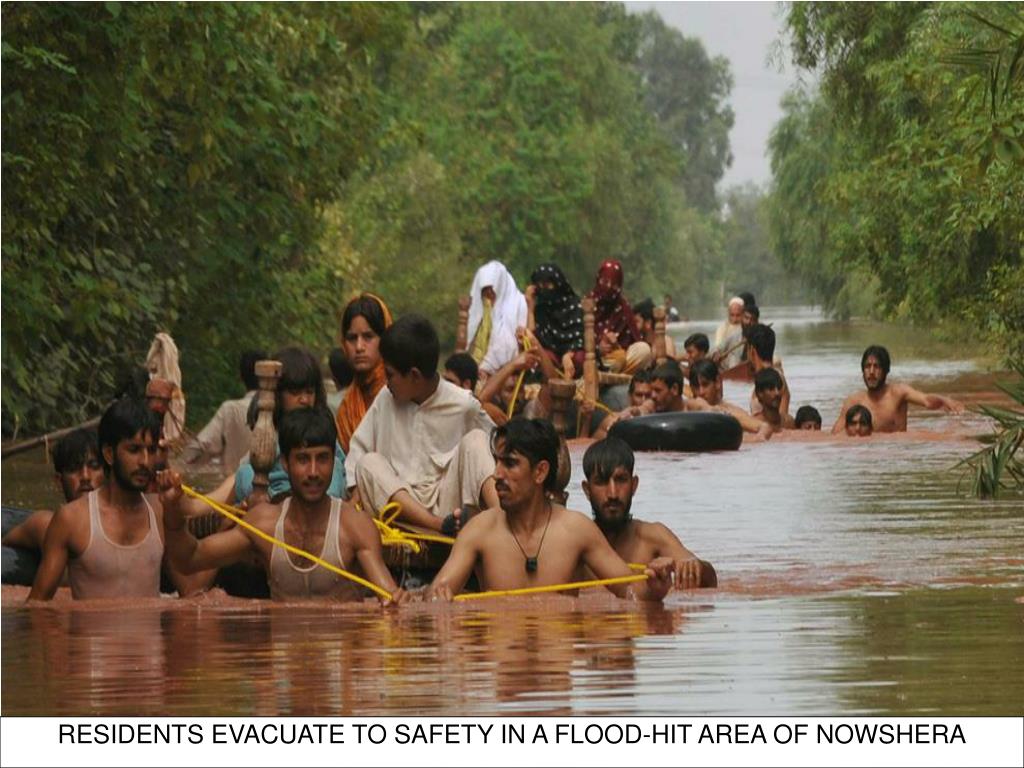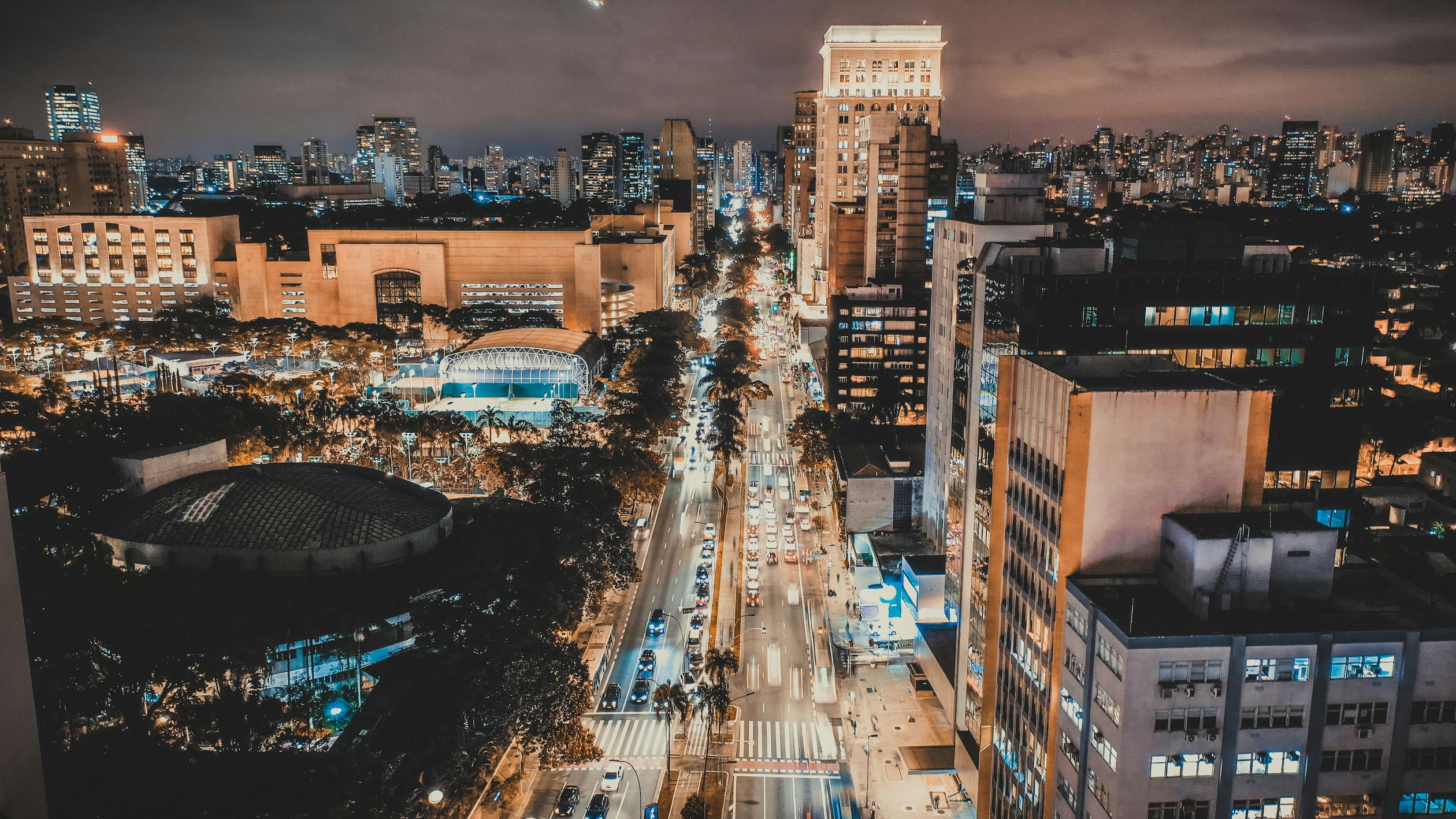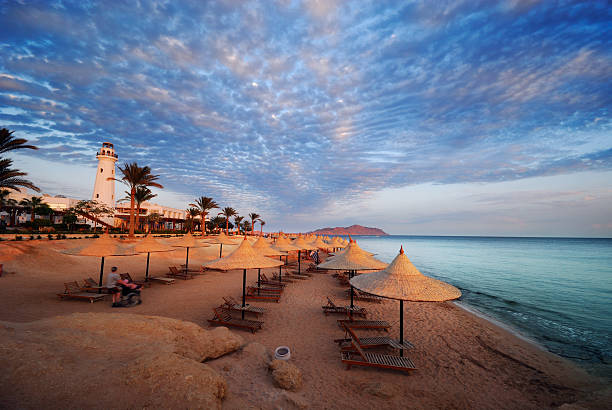This November brings world-defining elections in several countries, a global climate summit, the 100th anniversary of a major historical discovery, and a human population milestone. Try as we might to view them separately, they’re unavoidably connected as are the people circumambulating this planet.

In the United States we’re closing in on the mid-term elections. Every election season in recent memory has been filled with vitriolic messages from campaign ads, debates, speeches, and emails. This year seems to have exceeded former lows in terms of decency and reasonableness. But the United States isn’t alone in this turmoil as countries around the world fight their own battles to win or retain democracy, balance liberalism and conservatism, oppose or instantiate authoritarian oppression, defeat or lose to the forces blocking social justice. More and more foundational issues are at stake, and all the while the world is struggling with the ravages of famine and food shortages, massive flooding displacing millions, fuel shortages as winter looms, outbreaks of cholera and ebola, the brutality of war and forced immigration, and the escalating threat of a nuclear cataclysm.
At this time last year, I was working with an international team on a climate-focused book and we watched with rapt attention the United Nations-led climate conference COP26 taking place in Glasgow. There was a new report from the scientists of the Intergovernmental Panel on Climate Change (IPCC) and its findings were undeniably clear: the time for global leadership to act decisively was nearly up. For many of us, the promises made in Glasgow fell disappointingly short of what is needed to address the growing climate crisis. But the commitment to work together across the planet to hold global heating to 1.5 degrees Celsius (above preindustrial levels) held firmly in place.
Today, as COP27 gets under way in Sharm el-Sheikh, Egypt, the pledges made last November have faded in the fog of war, economic decline, an ongoing pandemic, and the withdrawal of fossil fuels still relied upon as renewable energy sources are not yet in place to a high-enough degree. Recently there seems to be a tacit agreement that 1.5C is no longer possible as we currently hover at 1.2C and give no indication of halting our climb upward. Projections for what a world heated to 2 to 2.5C will be like are appearing more and more frequently in climate-related studies and opinion pieces.*
And really, with so many of last year’s commitments now that much further out of reach, it will be even harder to have confidence that the goals set and commitments made at this year’s conference have any reality to them. The goals set last year for reduction in emissions by 2030 no longer seem possible to meet, the planet is now known to lack enough fertile land to accommodate all the tree-planting commitments made for offsetting carbon, and the world’s largest and most powerful nations are further away from the ability to partner in these efforts than they were even one year ago. In preparation for this year’s conference, only 24 of 193 countries updated their emissions reduction goals. Without these updates, humanity is collectively on track to hit 2.7C. And still hanging out there is what’s expected to be the biggest elephant in the room in Sharm el-Sheikh.
This year’s climate conference is facing calls from those countries most affected by dramatic changes in climate to finally receive support from those countries most responsible for those changes. In broad terms, this means the northern hemisphere supports the southern hemisphere; that is, the wealthier nations make good on promises to the poorer nations regarding the damage done by the consumption and associated emissions from the wealthier nations. These promises were first made in 2009 and then again in 2015 in Paris. They’ve yet to be fully delivered upon.

The millions of people of the developing countries already impacted by the worst of the climate crises have lost their homes, their incomes, educational opportunities for their children, their food security and in many cases their health. They’ve lost their communities and their heritage. And many of them have been dispersed within their own country or forced to immigrate to other countries where they’re often poorly received or even turned away. The countries in which these people live together have lost critical infrastructure, whole economies, tourism opportunities, and the viability of their natural resources. It’s important to remember that this is not about charitable aid to these countries. This is about the countries that have emitted so much in support of their wealthy lifestyles compensating those that have lost so much as a result of the climate crises those emissions have wrought.
Twenty wealthier nations contribute 80% of the emissions that lead to significant climate change events. Coming into COP27 their leaders are concerned they won’t be able to sell fulfillment of these compensatory promises to their citizens back home. These leaders may have good cause to believe this as their own countries experience economic decline, and many are leaning further to the political right which tends to mean a move away from alternative energy projects and toward increased drilling for fossil fuels, lowered pollution standards for industry, etc. And while wealthier nations are the biggest emitters, they too are not immune from climate crisis events. A new report from the World Meteorological Association shows that Europe is heating up faster than any other region. Long a leader in climate change adaptation and emissions reduction strategies, Europe is better prepared and better resourced for the effects experienced there than those experiencing these effects in developing nations. But the fact that European nations are feeling such significant climate impact may make more difficult the pitch to support those who have done so much less to create the problem.
There’s another major event occurring in Egypt this year. The country is marking the 100-year anniversary of a phenomenal historical discovery — that of the tomb of King Tutankhamun, the only nearly complete funerary assemblage remaining in Egypt. The splendor of the artifacts from this tomb are a poignant reminder that tremendous disparity between the wealthy and the poor has existed as long as humanity has lived in organized societies. While Tutankhamun reigned 3,300 years ago, evidence of social inequality has been found in southern Mesopotamia as early as 8,500 years ago and in southern Egypt around 7,000 years ago. A common factor in some early examples of cultures with social inequality is high population growth. Evidence of the difference in social status in these cultures can be found in the wealth and physical separation of their religious institutions. As wealth flowed to religious, administrative, and even military elites, these elites used their wealth to employ other people as laborers. Slavery followed as warfare and punishment increased.
By the time social inequality is recognizable in early Egyptian cultures, it is most evident in the burial practices through which differences in both wealth and status can be seen. As these cultures spread, complex societies were formed with larger populations controlled through governing and writing systems. With social complexity came multiple forms of leadership and their associated elevated status over other individuals. Kings in Mesopotamia and Egypt are hallmarks of this development. Although hunter-gatherer and small farming groups could have minor differences in status or accumulated wealth, it didn’t appear to lead to the social inequality evidenced in larger, more structured populations.

We’re also approaching another momentous event this month. On or around November 15, United Nations experts calculate that our world population will hit the auspicious 8 billion milestone. Following other periods of exponential growth, human societies hit a limitation in resources and faced collapse. Sometimes they successfully avoided the end of their society, other times their population decreased dramatically but prevailed. And, of course, sometimes the society collapsed completely and we know about them from the historical record and artifacts left behind. What we can tell in any of these scenarios is that those of higher status were affected less for a longer period of time than those of lower status. The larger the population, the greater the number of people of lower status.
There are numerous dire predictions about our current population “explosion,” but there are also lengthy treatises about how our technological advancement will save us from a declining state despite continued population growth. One thing we can count on is that with 8 billion people on the planet and the interconnectedness of our world, whether through global economies or global weather patterns or global migration, what affects some countries affects all countries (though it may do so differently). We can’t isolate ourselves from each other even when that seems desirable. We can’t build walls to keep each other out even when that seems geographically possible. A planet with shrinking arable land, rising seas, and perpetual fires and flooding can’t sustain the current level of dispersion of 8 billion people. The promised but not fully delivered aid for “adaptation” that was to come from developed nations to climate-struck developing nations must now be raised significantly and it may even be too late in some places for adaptation efforts to be effective.

Of course there’s irony in the very idea of diplomats, dignitaries, celebrities, and activists spewing emissions to fly in from all over the world to a climate summit held at a Red Sea resort surrounded by a 36-kilometer-long wall of concrete and wire separating the luxury resort town from the rest of Egypt, a country known for its ongoing human rights violations and in which nearly one-third of its population lives in poverty. Climate activist Greta Thunberg has decried the UN climate conferences as a forum for “greenwashing,” dismayed they are mostly talk rather than action.
Thunberg has recently taken a more political stand relative to the climate crisis than she has in the past. (Given her very young age, any sooner surely would have been deemed inappropriate, or at least naive.) One of her primary points today is that if we’ve made economic growth our highest priority, then what we’re experiencing now is what we should have expected. Most people looking deeply into the climate crisis quickly find that economic growth is at the root of the changes that began destabilizing the natural world.
It’s hard for many people on both sides of the climate debate to see capitalism as so closely connected to climate crises. For some, it makes the issue more political and that seems to make getting people on board that much harder. For others, it means really looking closely at our own consumptive and exploitative behaviors. Some of those behaviors are so comfortably far removed from us that it’s easy to not see our role. If we look more closely, there is no avoiding our roles. And for still others, the benefits gained by humanity (at least in privileged parts of the world) through economic growth and consumption of fossil fuels are so overwhelmingly positive that they far outweigh any purported down-sides.
Thunberg maintains there is a lot that we collectively and individually can do but those things are done within our current system and for the level of change required, our entire system must be transformed. Einstein famously reminded us that doing the same thing over and over and expecting different results is the definition of insanity. It’s virtually impossible to look around the world today and not see the already huge and ever-increasing income inequality gap created by the past six decades of capitalism (and the past centuries in terms of feudalism, colonialism, and slavery). It is equally impossible to look clearly and not see the global human and environmental harm done by the industry and consumption that has accompanied the worshipping of economic growth. Economic systems are not cast in stone, not meant to be endured for eternity no matter the harm caused. If our current options are no longer sustainable, we need to do the work of creating new options.
Given the potential outcomes of our upcoming elections, the uncertainty regarding any real leadership and action coming out of COP27, the embedded nature of social inequality in our species’ history and its endemic nature today, as well as the current burgeoning of our human population, the prospects for addressing the climate crisis might seem grim. The idea of “hoping for the best” is a pernicious path; instead we can look at the limitations we’re facing as systems dynamics to work with. I’m referring to the natural ones like the limitations on the growth of our species due to food and water shortages, the limitations on the ability to live sustainably in an unbreathable world, the limitation on the ability to use planting trees as our wishful way out when there simply is not enough fertile land left on the planet for all the trees currently being promised for capturing and holding carbon, the limitation on our ability to keep skirting new and rapidly-arising zoonotic diseases with manufactured medicines, as well as the human-engineered ones like the limitations resulting from social norms and values regarding sustainable levels of consumption, limitations on industry through enforced regulations relative to human and environmental harm, and the limitations that flow constructively from the thoughtful design of economic systems that factor in the needs and forces at work in our unavoidably interconnected world today. There is an old proverb reminding us that our limitations set us free. If engaged and acted upon quickly enough, they could make possible a future of humans living within planetary boundaries.
* The UN adopted a 2 degrees Celsius limit in 2010 but small-island and low-lying nations provided data to show that unless the world agreed to hold to a 1.5C limit, their countries had no chance of remaining above water (literally, as melting glaciers and expanding seas in a world above 1.5C is unsustainable for many cities around the world as well as for these at-risk nations). By 2015, an agreement was reached for the Paris Accords setting the limit at 1.5C.
Thank you for reading Principles of Being. Please feel free to share this post if you found it interesting. Subscribe below to automatically receive notifications of future posts.

